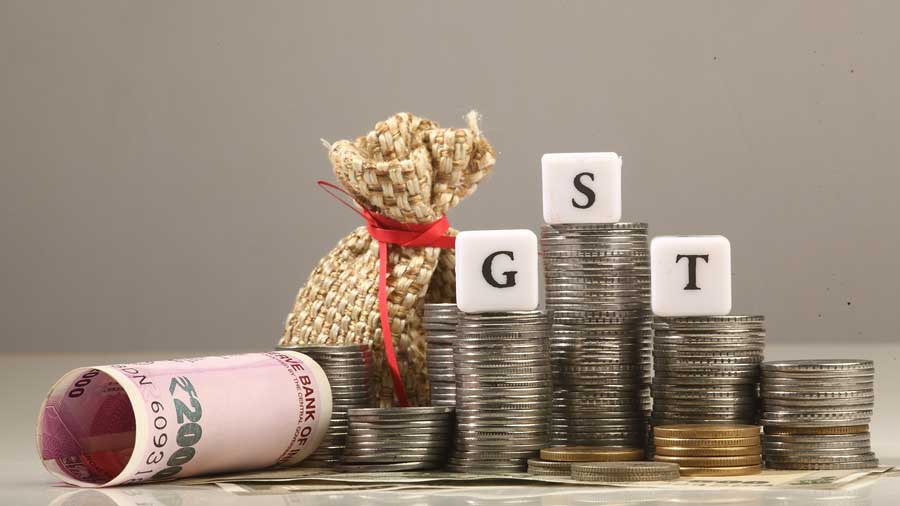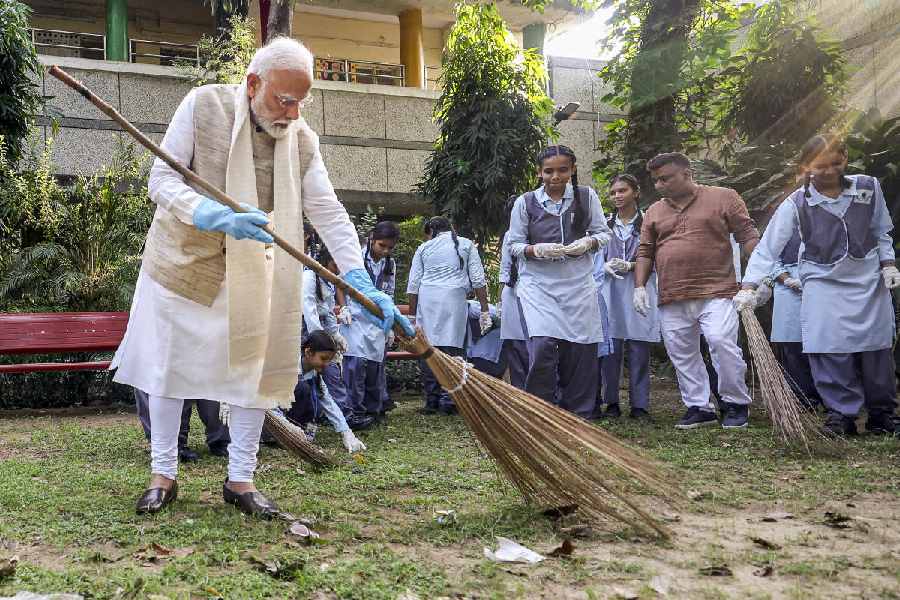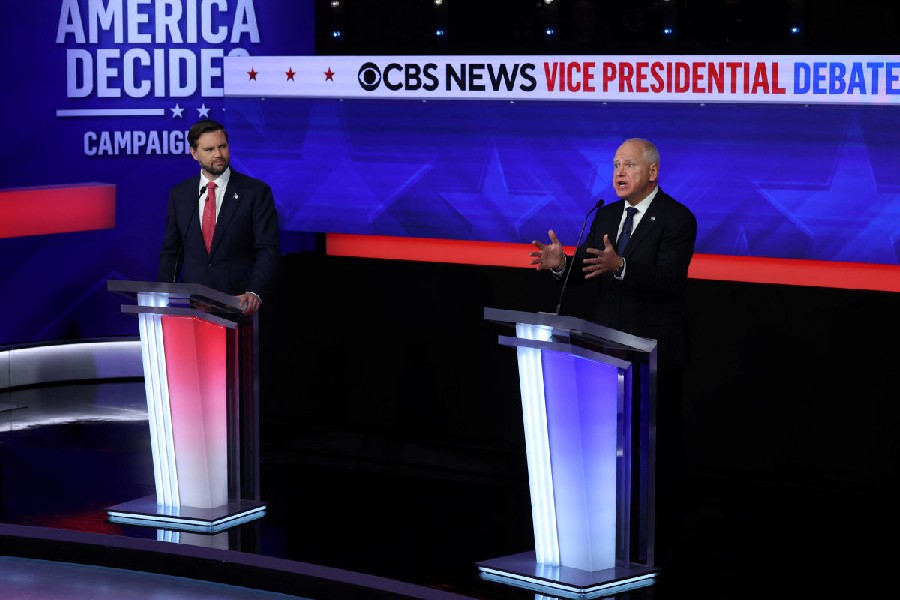The Panglossian glow that has suffused the Narendra Modi-government’s narrative on the Indian economy — built largely on the chimera of a Rs 20 lakh crore stimulus package devised in May — dimmed considerably on Tuesday when the Reserve Bank of India spelt out some harsh truths in its annual report for 2019-20.
For a start, the report said the Centre and the states have “much less fiscal space to deal with Covid-19 than during the global financial crisis of 2008-09”.
At a time a number of economists have been talking about the need to persuade the central bank to monetise the widening fiscal deficit through direct bond purchases, the RBI has said that the government needs to come out with a credible consolidation plan specifying actionables for the reduction of debt and deficit levels.
It feels that only such a plan “will earn (the government) confidence and acceptability rather than extending the path of touchdown”.
The report goes on to say that government consumption spending has provided a measure of relief but it has become increasingly evident that it cannot continue to crank up the economy by using its spending lever. “It is prudent to expect lower contributions of GFCE (government final consumption expenditure) to overall demand.”
The report noted that the government’s revenue expenditure, net of interest payment and major subsidies, had risen by 33.7 per cent in the first quarter of the year.
The RBI also busted some myths spun by the government spinmeisters who have been seeking to draw comfort from some pre-Covid measures that the government had taken last year, notably the corporate tax cuts in September last year. The government wants to believe that the measure would have kick started the private investment cycle if it had not been for the Covid crisis.
The RBI brutally negates that assumption. The report says: “The corporate tax cut of September 2019 has been utilised in debt servicing, build-up of cash balances and other current assets rather than restarting the capex cycle...the appetite for investment is anaemic and in need of more reforms.”
Policy reforms
To boost fiscal revenues and mitigate the pains of this transition, the RBI said big data and technology can be leveraged to track and identify tax defaulters and increase the base.
The RBI said GST needed to be rationalised, with the return process simplified.
Besides, fiscal incentives for industry can be realigned in favour of productive labour-intensive companies so as to generate employment.
The RBI also suggested that the government should establish apex authorities along the lines of the GST Council in respect of land, labour and power to drive structural reforms. It wanted cross subsidies in the power sector to be eliminated by recasting tariff structure, adding that any subsidy could be given through the direct benefit transfer route.
The report says alternatives to bank finance had to be found and suggested that the opportunities afforded by the capital markets and foreign direct investment needed to be explored. It called for a “big push” to mega infrastructure projects and stressed that recapitalisation of public and private sector banks had assumed critical importance. Minimum capital requirements may no longer suffice to absorb post-pandemic losses.
Building a buffer
The RBI appears to have kept more for unforeseen circumstances in its books and has transferred Rs 73,615 crore to its contingency fund, which rose to Rs 2,64,034 crore for the year ended June 30, 2020 against Rs 1,96, 344 crore a year ago.
Balancesheet size swelled 30 per cent during the year, following an increase in its domestic and foreign investments, the annual report said.
The apex bank continued to buy gold — and added another 43.25 metric tonnes to its gold reserves which swelled to 661.41 metric tonnes in the year ended June 30 this year. As of June 30, 2019, it held 618.16 metric tonnes.











